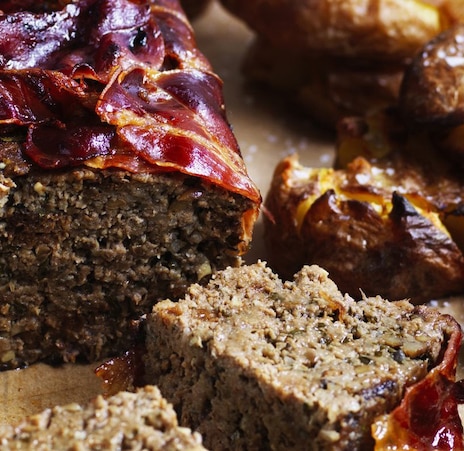Fruit and Vegetables
- Store fruit and vegetables in the crisper drawers to keep them at the optimum temperature and humidity level which will preserve their freshness for longer. Make sure to separate fruits that emit ethylene gas (apricots, avocados, kiwi fruit, mangoes, nectarines, peaches, plums, pears and tomatoes) from your other fresh produce otherwise the gas will make it spoil more quickly.
- If your bananas have become overripe, peel them, pop them in sealed bags or containers and freeze. You can use them directly from the freezer in smoothies, baking or to make healthy, whole fruit ‘ice cream’ in a powerful blender.
- Boost the storage life of fresh herbs by wrapping damp paper towel around the bunch, pop into a plastic bag and store in the crisper section of the fridge. This helps to prevent the leaves from wilting.
- When you’re cooking, cut up a whole load of extra vegies and store in containers or bags in the crisper of your fridge. This will save time on another night and give you ready to eat veggie batons for snacks and lunchboxes.
- Never store your potatoes or onions in the fridge. Remove them from any plastic bags so that they can breathe, place them in separate baskets or paper bags, then store in a cool dark place such as your pantry.
Meat and Seafood
- It’s often cheaper to bulk buy meat so buy the whole tray or fillet and divide into portions at home, freezing what you don’t need for the next few days. This also means you have healthy food to hand with fewer shopping trips!
- Make meat or seafood go further by adding a can of beans, chickpeas or lentils to the dish. This not only brings the cost-per-meal down, it adds valuable nutrition at the same time.
- Invest in a pair of poultry shears and learn how to dissect a whole chicken. It is usually cheaper to buy a whole bird than the individual parts. You can then also use the bones to make stock for another meal.
- Store your raw meat and seafood at the bottom of the fridge or use the Westinghouse Convertible Drawer to keep it separate to cooked foods and prevent any cross contamination. The Convertible Drawer UltraChill setting (-2°C) will keep your meat and fish in optimum condition for longer by maximising the fresh texture and reducing moisture loss.
- Pop any meat or seafood you won’t be able to use before the use-by date into the freezer.
Dairy
- Remove cheeses from their plastic wrapping. Because they have a high fat content, cheese can absorb the flavours and chemicals from the plastic. Rewrap in waxed paper and then store in container in the fridge. Cheese sweats and so replace the paper as it gets wet.
- Soft cheeses that come in a brine or water are best kept in their original containers. If they start to get a bit smelly, simply drain the liquid and replace with slightly salty water.
Snacks
- Prepare ready-to-eat healthy snacks for the whole family, including the kids, and store in the SnackZone™ to make it easy to make the healthy choice. Ideas include cut up veggies such as carrot, celery, capsicum or cucumber with little tubs of hummus dip, sliced apple or pear with individual cheese portions, tubs of natural yoghurt mixed with fresh berries or passionfruit. Buying in bulk and portioning is cheaper and uses less packaging.

